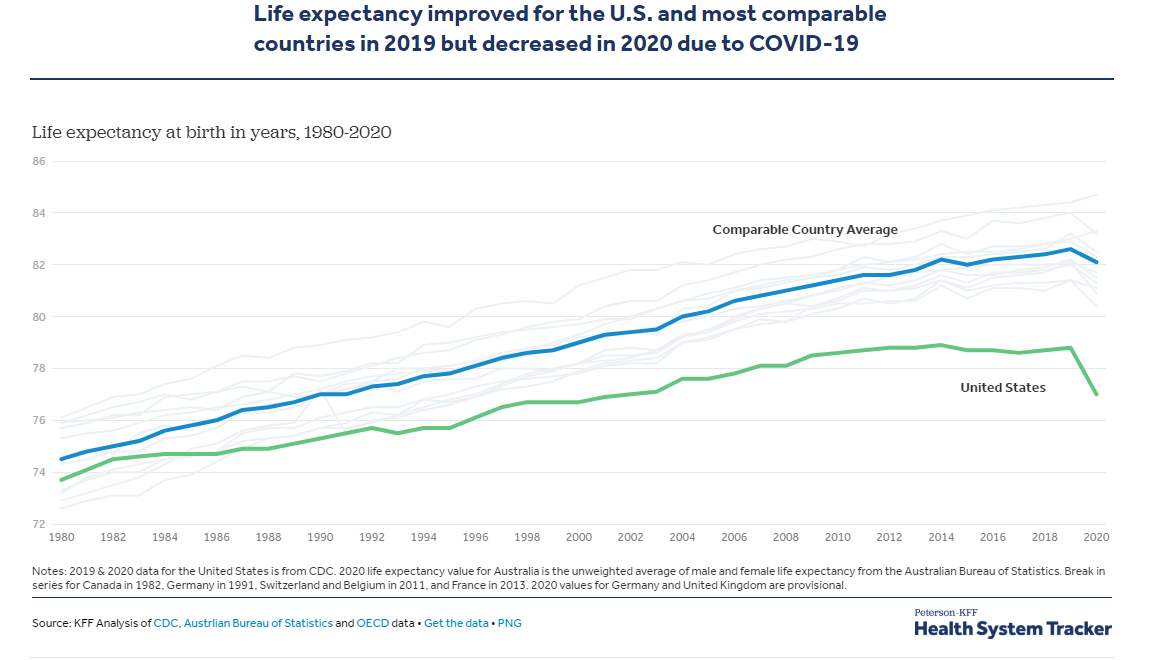Three Words That Can Change Life At Any Age: Choice, Creativity, Courage

Image by Pete Linforth from Pixabay
Raise your hand if you have found life to flow smoothly, without unexpected twists or turns.
Crickets!
Anyone here been sailing along, everything under control – good work, good health, enough money, things good at home, lots of friends – and then suddenly something knocks you off that plateau.
If that hasn’t happened to you, chances are it will at some point.
I want to talk with you about a three-step process common to nearly all of us when this happens – and how it can work for or against us.
What I just described is a wake-up call – or what I will call a trigger. A trigger is something that precipitates a change. That trigger can be a conscious choice – or an external event that disrupts our comfortable status. The game changes so we must adapt. We must make a choice.
That is me at age 60 when I was offered an “early retirement buy out” at Worldcom. They wanted me out – and I wanted out because it was obvious the company was in trouble.
It was a trigger that forced one of the most significant life changes I’ve made. I was faced with an external event that forced an internal choice.
That trigger took me to the next step in that process – limbo. I was in limbo at that point. Do I get another job? Do I leave the industry? Do I go on unemployment and sulk? Do I start a business?
In my case, being thrown into limbo forced a positive decision that had been brewing in my mind for a long time. I started my own business.
I want to stay on this limbo concept for a moment because it is so important. The trigger pushes us into limbo – an “in between time”. We may have ended one period of stability but, as we face forward, we may not be seeing another beginning.
That is where, as a career coach for people at midlife, I see people skid off the tracks because the limbo stage is where we are faced with “what’s next”. Limbo is a critical juncture. It can be debilitating, a form of resignation, a prison sentence that says “it has to be this way.” It can cause someone to keep living the old story and accept it as the new reality.
Tim is an example. I remember spending an hour on the phone with him some months back – he was referred to me because he is 61, unemployed, and unable to break back into the job market as a software developer.
Tim was forced into limbo five years ago when his company re-organized and let him go after 15 years. That trigger sent Tim into a limbo that he can’t seem to get out of. His work life since then has been a series of contract position doing less than he is qualified to do at 60-70% of the income level he had five years ago – and with no benefits.
Right now, he is back in limbo, finding it difficult to even secure a contract job because skill-level requirements may have passed him by.
My hour with him was similar to those I’ve had with others in this situation. Tim has discovered that his inattention to the rapid changes in software development has left him underqualified and unprepared for a return to what he used to be best at. He is nearing the end of his unemployment, living off of a trust his wife has, and even admitted to me that the daily cocktail hour is the best part of his day.
Inner kill
Tim could be succumbing to the worst-case scenario of being in limbo –inner kill – or dying without knowing it. The third element.
Inner kills starts when we stop growing, when we give up on ourselves, or when we take the easy, safe way.
Inner kill has recognizable symptoms: avoiding decisions; daydreaming about early retirement; constant talk about intentions without doing anything; not sleeping at night; irritability as the default personality trait, repeating the same topics over and over again; frequent visits to the liquor store seeking a stronger alcohol prescription.
On the other hand, limbo can be a time for a deeper, game-changing conversation with ourselves. We accept the limbo, work with it, and get fully engaged with the challenge that limbo presents.
That brings us back around to the three words I had you write down. The way through limbo and away from inner kill is this simple success triumvirate. You have a choice – move forward and grow or die without knowing it.
You have creativity within you – you didn’t get to where you are by accident. Resurrect that creativity and look at the limbo as a transition to a higher level.
And be courageous because you will need to be.
Resistance and self doubt will still be your partner – courage is the antidote.
Choice – creativity – courage. Three easy-to-remember C’s that can change your life for the better.
Within us at any age.










